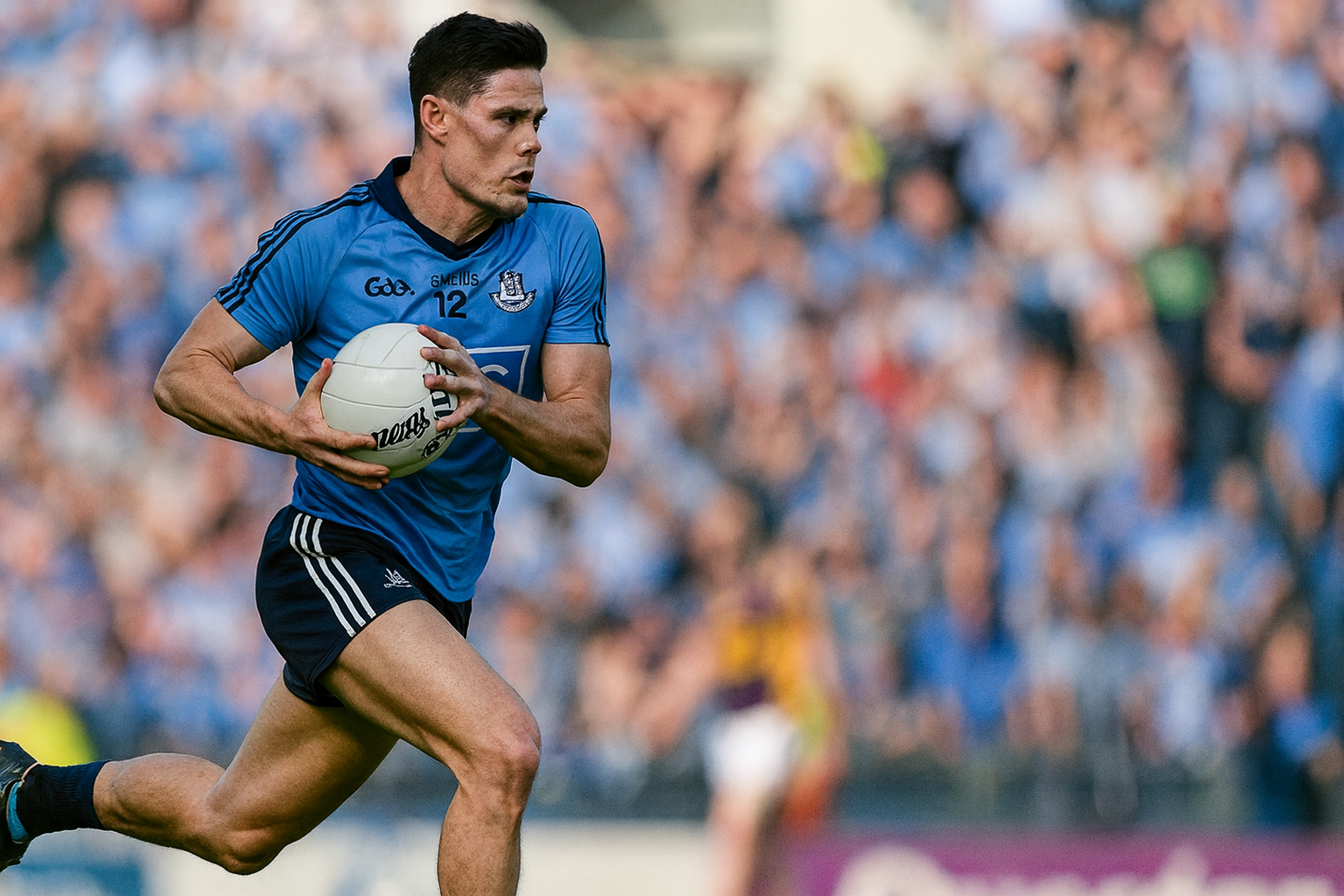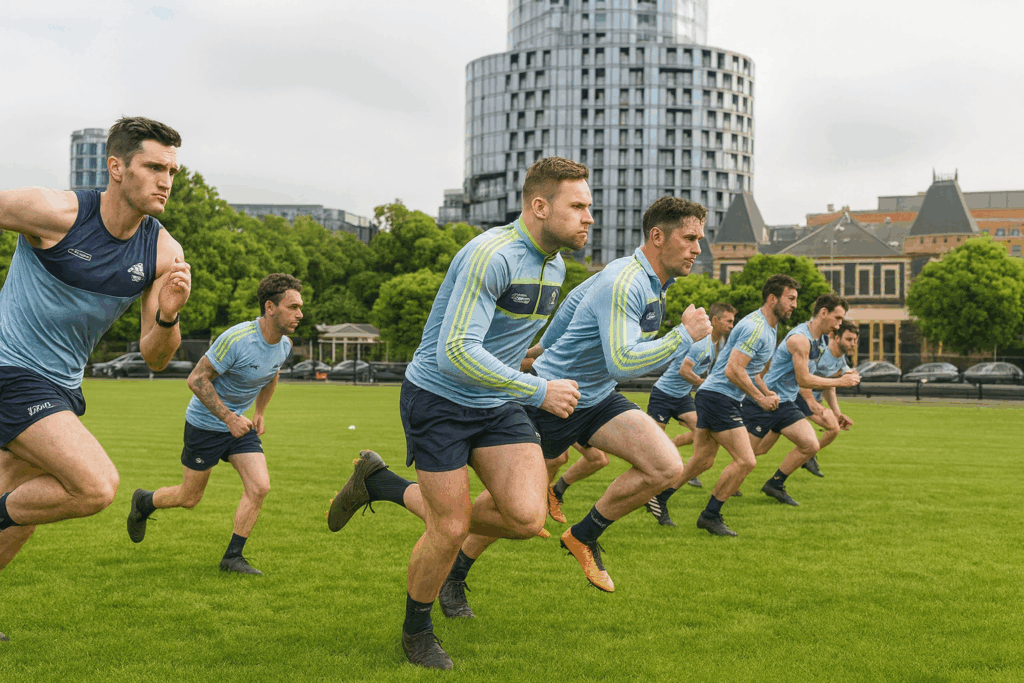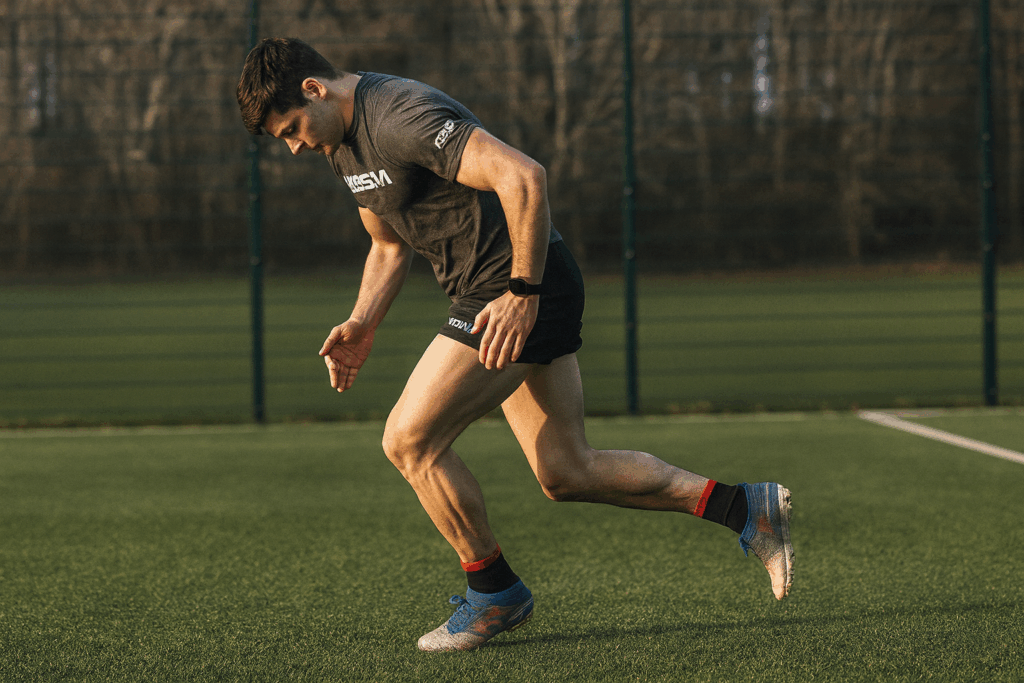Introduction
Triple extension—the simultaneous extension of the ankle, knee, and hip—is often championed as a critical component of explosive acceleration. However, the reality is that overemphasizing full triple extension can hinder sprinting mechanics, slowing athletes down rather than speeding them up. Contrary to traditional coaching cues, sports’ fastest sprinters and accelerators rarely achieve full triple extension during acceleration. Instead, they rely on a more dynamic and efficient partial extension to optimize power, rhythm, and speed.
The Problem with Full Triple Extension
Maximal triple extension during acceleration may seem like a powerful technique, but it introduces several biomechanical challenges that undermine sprint performance:
- Decreased Crossed Extensor Power
Complete extension at the ankle, knee, and hip reduces the ability of the opposing limb to drive effectively. This imbalance negatively affects the overall propulsion and power of the sprint. - Diminished Sprint Rhythm
Sprinting relies on a smooth and consistent rhythm. Overextending one limb creates timing disruptions, making slower and less fluid transitions between steps. - Inhibited Glute Activation
The glutes, a primary power source in sprinting, are less effective when the hip reaches full extension. Overextending places the glutes in a weaker position, reducing their contribution to forward propulsion. - Delayed Leg Switching
Full triple extension elongates the extended leg’s recovery time and transitions into the next stride. This delays the sequence of leg switches, leading to slower stride frequency and decreased speed.
For example, an athlete striving for a straight line from ankle to hip during the push phase may unintentionally disrupt the timing of their sprint, sacrificing efficiency and speed.

What Do the Best Athletes Do?
When observing elite sprinters and athletes in team-based sports, their acceleration techniques reveal a different story. Their steps during the initial phase of a sprint are short, explosive, and intentionally incomplete in extension.
Key Characteristics of Elite Technique:
- Short and Powerful Steps: The initial steps prioritize power and control over full extension.
- Partial Triple Extension: The ankle, knee, and hip remain slightly bent, ensuring faster transitions between steps.
- Effective Use of Tendon Energy: The Achilles tendon releases its stored energy early in the movement, enabling a quick transition into the next stride.
- Early Hip Flexor Engagement: Once the extension phase ends, the hip flexors activate rapidly to drive the leg forward, maintaining rhythm and speed.
Elite athletes maintain efficient mechanics that optimise acceleration and stride frequency by avoiding maximal triple extension.
Why Partial Triple Extension Works
1. Optimal Glute Engagement
The glutes generate the most power when the hip is in flexion. Fully extending the hip places the glutes in a mechanically weaker position, reducing their ability to contribute to the sprint. By keeping the extension partial, athletes allow the glutes to stay engaged in the power phase.
2. Faster Limb Transitions
Partial triple extension minimizes the time spent in the push phase, enabling quicker recovery of the back leg. This shortens the time between strides, increasing stride frequency—a key factor in faster acceleration.
3. Better Kinetic Efficiency
A shorter extension prevents unnecessary delays, allowing athletes to maintain momentum and rhythm. This efficiency ensures that energy is used effectively to drive forward movement rather than wasted on excessive extension.
4. Enhanced Rhythm and Timing
Sprinting is as much about rhythm as it is about power. The partial triple extension keeps the gait smooth and coordinated, facilitating better limb switching and improved overall mechanics.
Practical Applications for Athletes
To incorporate partial triple extension into your sprint training, consider the following tips:
- Focus on Short, Explosive Steps: During acceleration, prioritise powerful but controlled steps rather than striving for maximal extension.
- Engage Your Hip Flexors Early: Transition quickly from the extension phase to flexion by actively driving the knee forward.
- Train with Resisted Sprints: Using tools like sleds or resistance bands can help reinforce proper mechanics and limit overextension.
- Strengthen the Glutes and Hip Flexors: Exercises like hip thrusts, Romanian deadlifts, and resisted knee drives build the muscles critical for efficient sprinting.
- Use Sprint Drills That Mimic Partial Extension: Drills like wall drills and bounding emphasise short, powerful movements over full extension.
Conclusion
Despite its widespread reputation, full triple extension is not the key to faster acceleration. Instead, it can disrupt rhythm, timing, and the natural mechanics of sprinting. The best athletes adopt a more efficient approach, relying on partial triple extension to optimise power, rhythm, and stride frequency.
By training with this biomechanical understanding, athletes can avoid the pitfalls of overextension, achieve smoother transitions between steps, and unlock faster acceleration on the track or field. Embrace the power of partial triple extension and experience the difference it can make in your performance.





